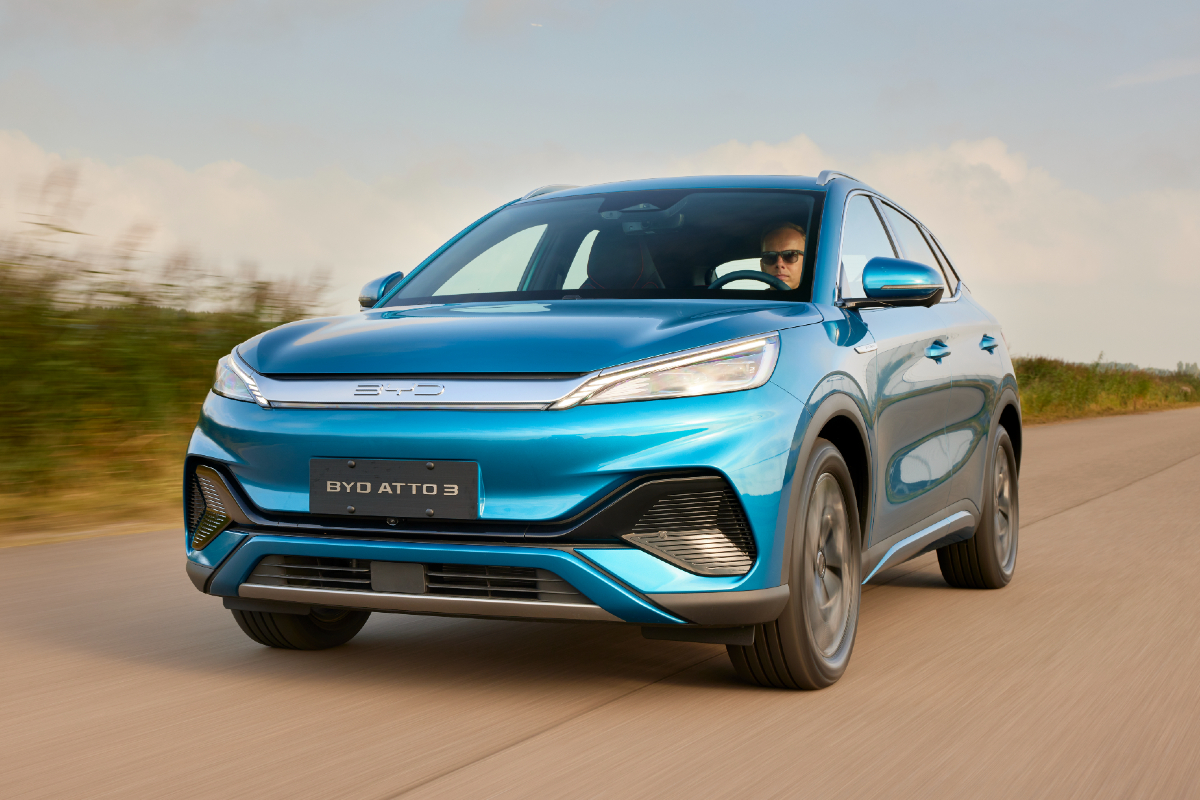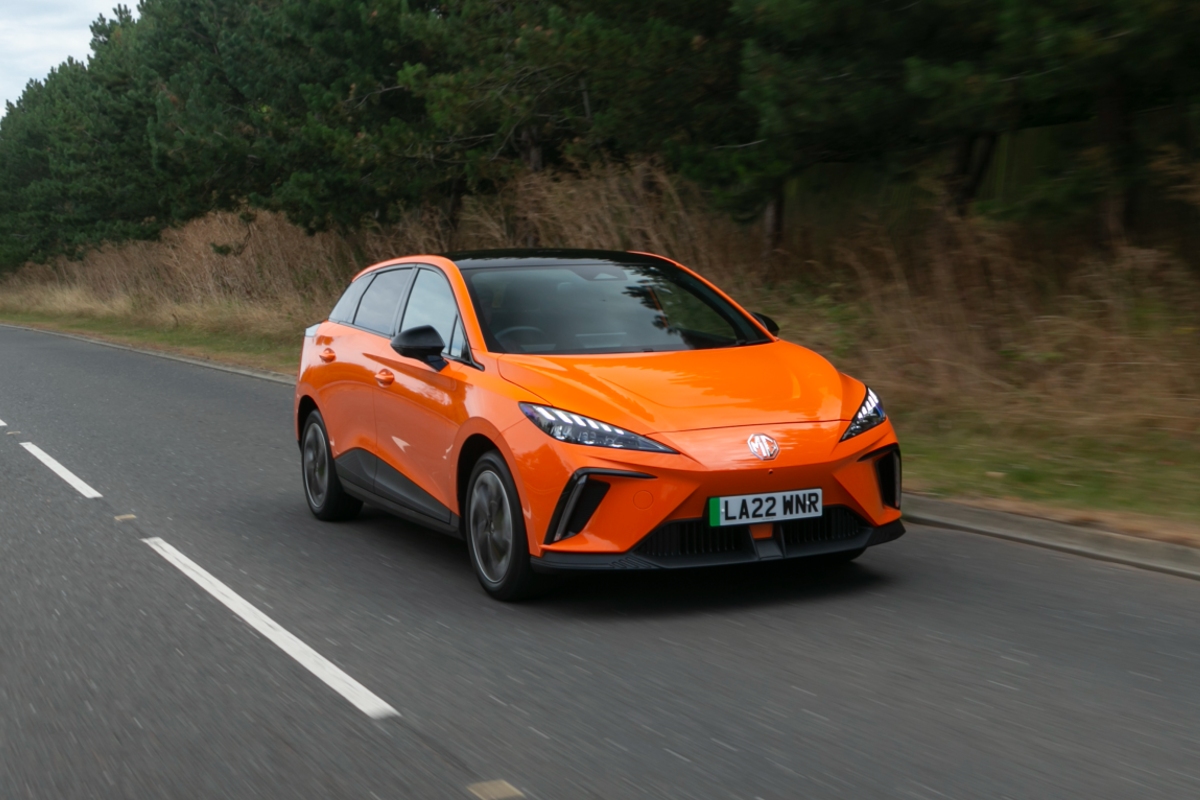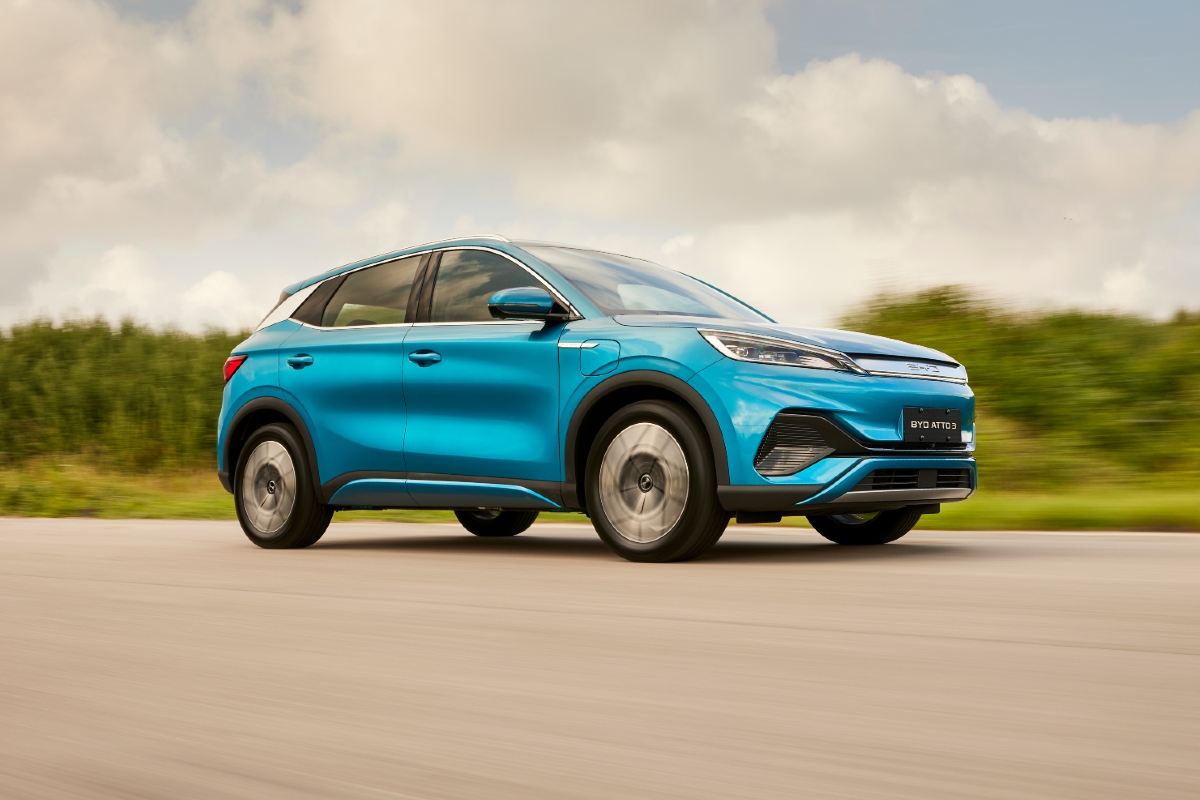
Let me be clear from the outset. This is not an anti-China piece. Rather, I seek to ask a legitimate and timely question, for a very specific reason, about the extent to which the wider community in this country is comfortable with the rapidly increasing market penetration by Chinese brands into the Australian new vehicle market.
In the half year to June 30th, 2023, the number of Chinese built new vehicle registrations in Australia exceeded South Korean built ones for the first time. That took China to P3, behind Japan and Thailand, in terms of country source. There’s every chance that, by the end of this year, China could be in P2, ahead of Thailand if the rate of growth continues. And then, in due course, ahead of Japan.
It’s worth saying, at this point, that currently around a quarter of those Chinese sourced vehicles are Teslas built in Shanghai, but that percentage will only decrease as increasing supplies of Chinese-owned brands arrive here. So, the trend is well and truly there to be seen. And, this time, unlike the initial forays into this market by a handful of Chinses brands a decade ago (with derisible products), they’re here to stay with more competitive offerings.
The pattern is not so different from that seen with Japanese-built cars some seven decades ago, nor from South Korea 30 years ago. Initially the cars (and utes in the case of the Chinese) left a lot to be desired. But that soon changed and both Australian and European products failed to match those from Japan and Korea in terms of quality and value for money. European brands went into the premium space for the most part, and, as is very well documented, Australian built cars disappeared altogether.
However, the speed of change now, with the ever increasing influx of Chinese-built vehicles, is much faster than seen before. This is accentuated by the almost complete domination of the bottom end of the small, but growing, electric car market by Chinese brands.
I also wonder whether many consumers here realise that both Volvo and MG, for instance, are brands wholly owned by Chinese conglomerates.

So, why am I highlighting all this? Read on….
For me, the difference between relying on Japan/Korea/Thailand for the majority of our new cars (approximately 68 per cent of supplies in 2022) is that these countries, especially Japan and Korea, are our strategic allies. We have huge vested interests in the defense sector with these countries.
On the other hand, China, like it or not, is not our ally. On a good day, we can be friendly but often we’re not for one reason or another. Would they buy all that coal and iron ore from us if they had enough, cost effective, options? I wouldn’t bet on it. Wait and see what happens when they turn on iron ore supplies from their own mines in Africa in years to come.
But, there’s a huge potential risk associated with buying all these vehicles from China. One that some commentators around the world are starting to raise, but one that hasn’t gained traction here yet. And that’s connectivity.
Buying a set of Chinese made spanners, or a pair of sneakers made there, isn’t the same as buying a new car or ute built there that is permanently connected to the worldwide web.
Within five years, there will probably be a million plus Chinese-built vehicles in Australia. Let’s say that a quarter of those are Teslas and we’re relaxed about the software in those as, hopefully, it’s controlled by Tesla in the US for better or worse. That still leaves 750,000 cars, utes, vans, etc running around that someone can maybe, just maybe, control remotely. Like preventing the DAB radio from picking up the BBC. Or causing the satellite navigation to malfunction. Or to limit the speed to 20km/h. Even preventing them from being started. Whatever. Who knows? Electric cars, given the operating systems on them, are even more vulnerable.
Scaremongering?
Possibly. The fact is though, that no-one can guarantee that remote control of software in these cars can’t happen. In fact, the opposite is true. It certainly can happen. In any new car. It’s just that the majority of cars aren’t coming from a source that we’re afraid of enough to be spending billions of dollars to potentially defend ourselves against.

And yet, we appear to be so short-sighted that, on the one hand we ban Huawei from selling our telecoms industry any 5G infrastructure products or services and, on the other hand, allow the Chinese motor industry to sell us hundreds of thousands of networked mobile computers seemingly without reasonable safeguards.
An article by a Porsche senior executive in 2021 (#NextLevelGermanEngineering) estimated that every car now has between 70 and 100 ECUs (electronic control units) and 100 million lines of code. By comparison, a Boeing 787 apparently has 14 million lines of code. Startling isn’t it? And alarming, in the wrong hands.
Unlike your laptop, for instance, you’re not controlling the access to your new car. Do you consciously switch on and off the connectivity of your car? No. Every time you start the car, it connects. Who knows what’s buried in those lines of code or what could be activated remotely.
Am I making you ponder? I hope so. I’d like the buying public, as well as the Federal Government, to really think about whether it’s desirable for us to continue to allow unfettered access for Chinese brands to this market without having some way of controlling this potential situation.
Just like the Huawei debate was one that considered the views of other allies around the world, so the examination of Chinese-built, four-wheeled, super computers should be a joint initiative embracing the knowledge and experience of our friends. This is something, as others are saying, that the Europeans also need to wake up to as well, as with Huawei.
If there’s any doubt, then slow down this whole rush to import ever increasing numbers of these vehicles until we are sure, one way or the other. After all, the Chinese are prepared to stop the importation of Australian products such as wine or beef when it suits them for far less plausible reasons. Put the onus on the manufacturers, be they Tesla, Geely, BYD or whoever, to prove that there’s little or no risk to Australia.
By the way, the market share of Chinese-built light vehicles in the US last year was approximately 0.25 per cent (and three quarters of those were Buicks, a division of General Motors). Compare that with 11.35 per cent in Australia and growing daily.
Just like the Chinese can buy wine from plenty of other countries in the world apart from Australia, so we can buy cars elsewhere too. And we should, at least until we’re content that we’re not creating a massive potential problem down the road.













Discussion about this post